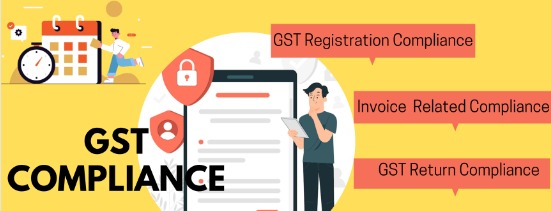Rising GST mop-up an outcome of improved compliance: CBIC chairman
Agarwal, who assumed office last month, expresses confidence in surpassing the budgetary target for central GST (CGST) collection in 2023-24 (FY24). He also expects the gap in excise duty mop-up to narrow in the remaining part of the year. Edited excerpts:
Rs 1.6 trillion appears to be the new benchmark in GST collection. Is that likely to be the run rate we should expect for the rest of the year, or do you think there could be further improvement?
In the current financial year (FY24), through August, GST collections have consistently crossed the Rs 1.6 trillion mark on a monthly basis. In April, we achieved a record collection of Rs 1.87 trillion. This demonstrates buoyancy in revenue growth compared to the previous year, indicating a yearon-year growth rate of 10.3 per cent. If you consider the GST buoyancy in relation to gross domestic product (GDP), it stands at 1.43 so far, indicating a tremendous increase in compliance levels. CGST collections between April and August totalled Rs 3.9 trillion, which is 40.8 per cent of the total budgetary estimates. Moreover, the tax collection as a ratio of nominal GDP in the first quarter (Q1) of FY24 is 3.32 per cent, compared to 3.22 per cent in Q1 of 2022- 23. We anticipate that collection figures will rise further during the festival season due to increased consumption. Since we are halfway through the financial year, what is your outlook for meeting Budget Estimates (BE)? Considering the current uptrend and the upcoming festival season, I expect GST revenue collection to remain robust. With a GST buoyancy of 1.43 so far, we are confident that BE will be achieved. Also, when we prepare the Revised Estimates (RE) in January based on overall collection, we are confident that we will even surpass the RE.
Excise duty collections declined by 10.5 per cent during the first four months of the financial year. Do you expect them to align with the annual target?
Central excise duty is levied only on five petroleum products: crude oil, aviation turbine fuel, petrol, diesel, and natural gas, in addition to tobacco. However, collections mainly come from fuel items. The duty rates on petrol and diesel were reduced in May 2022, resulting in a significant reduction in duty from these items. As a result, central excise duty collections for the first four months of the current financial year were lower compared to the previous year. However, the gap is narrowing as the impact of the duty cut for subsequent months is less significant.
Between April and August, central excise collections grew by 9.93 per cent to reach Rs 1.24 trillion. This is primarily due to the increase in fuel consumption between April and July, which has risen by more than 5 per cent. Therefore, with increased fuel consumption and consistent duty rates, the gap that occurred in the initial months of this financial year may continue narrowing in the remaining part of the year.
What are your views on cutting central taxes on petrol and diesel prices?
The prices of petrol and diesel are determined by oilmarketing companies (OMCs) based on various factors such as international prices, exchange rates, and transportation costs.
It is difficult for me to predict whether there will be a cut, as OMCs decide on price reductions in line with international trends, which, in turn, affects central excise collections.
Do you see any impact on Customs duty due to the slowdown in international trade?
There has been a contraction in international trade, which has also impacted India. Imports are lower compared to the previous year, in line with the global scenario. Between April and August, Customs duty collections amounted to Rs 90,900 crore, representing a 5.3 per cent growth on a year-to year basis. So far, the situation looks comfortable.
Since you have taken charge as CBIC chief just a month ago, what will be your focus areas?
Our primary focus is on enhancing trade facilitation and ensuring ease of doing business. We are taking all possible steps to simplify procedures and promote self-compliance by taxpayers, both in GST and Customs. We are leveraging data analytics tools for targeted enforcement interventions.
With the use of data and technology, our interventions are more specific, helping us detect cases of duty evasion in both Customs and GST.
Additionally, we are committed to ensuring timely and accurate filing of GST returns, with the percentage of return filing rising from 78 per cent to 90 per cent in recent months. We remain focused on scrutinising returns, identifying taxpayers through risk analysis, and launching scrutiny accordingly.
How has the response been to GST audits in the current financial year?
GST Audit, which we initiated last year, is now in full swing. Initially, there was some reluctance on the part of taxpayers to furnish records for GST audits. However, we have noticed that taxpayers are increasingly willing to undergo these audits. They recognise that this measure is taken by the tax department to review their internal control mechanisms and promptly identify any discrepancies. This enables them to take corrective measures and ensure timely payment of any short-paid duties.





